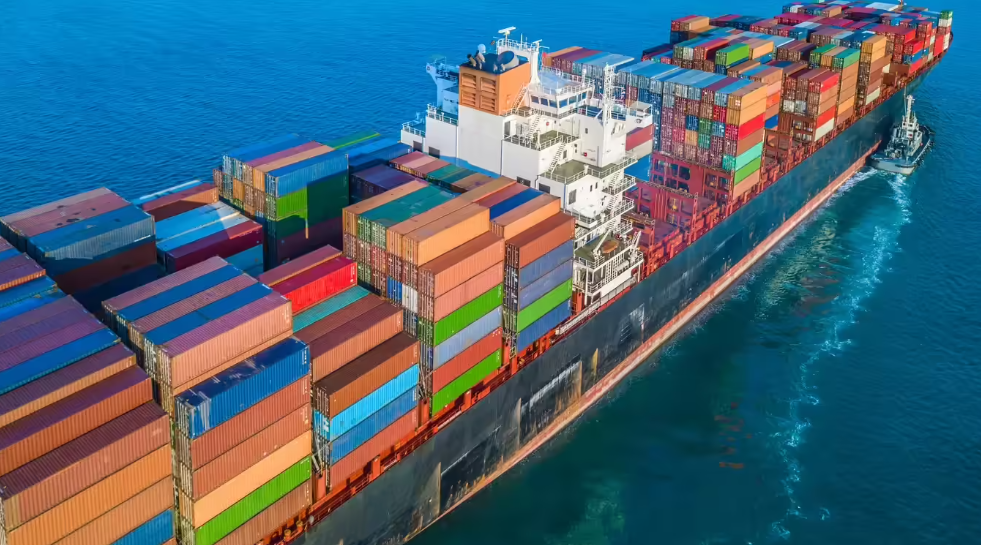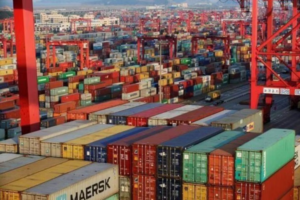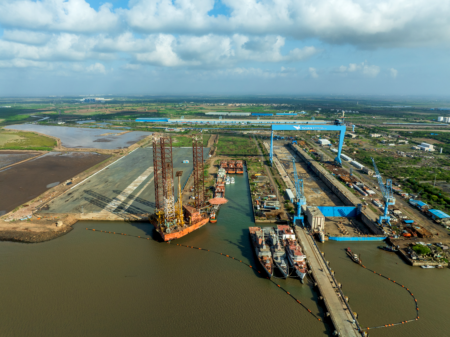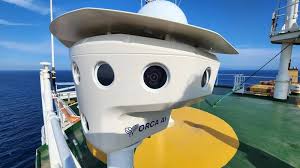Grant-in-aid to fund common infrastructure for greenfield ship clusters with 1.2M gross tonnes of annual output capacity.

The government will provide capital support under the Cabinet-approved “Shipbuilding Development Scheme” to greenfield shipbuilding clusters that are intended to reach an aggregate shipbuilding output capacity of at least 1.2 million Gross Tonnage (GT) annually within five years of establishment.
The total installed capacity of all participating shipyards and industrial units within the cluster will be factored into the threshold of 1.2 million GT annually.
A corpus of ₹19,989 crore for a Shipbuilding Development Scheme (SbDS), which includes ₹9,930 crore for funding greenfield shipbuilding clusters, was approved by the Cabinet on September 24.
In addition to shared maritime infrastructure like breakwaters, channels, basins, jetties, and capability development centres, which are overseen by a Special Purpose Vehicle (SPV), a greenfield shipyard comprises landside and marine infrastructure like dry docks, slipways, ship lifts, fabrication areas, utilities, and ancillary systems.
By 2030–2031, greenfield shipyard clusters are anticipated to be operational, and the government has committed to paying obligations for up to six years after the ten-year programme expires in 2036.
The entity or consortium proposing the greenfield cluster must be a legally registered Indian company, public sector enterprise, or Special Purpose Vehicle (SPV) created for the cluster’s development in cooperation with the Ministry of Ports, Shipping and Waterways, State Government, or Port Authorities, according to the government’s draft norms on implementing the “Shipbuilding Development Scheme.”
A minimum of five years of proven expertise in shipbuilding, ship repair, or similar heavy engineering sectors is required of the lead shipyard or consortium partner or members involved in the greenfield cluster project.
For a minimum of ten years after the project’s completion, the SPV or shipyard partner must provide a legally binding commitment to refrain from selling, transferring, leasing, or repurposing the government-supported shipyard or its related common infrastructure assets for any non-shipbuilding use, unless the National Shipbuilding Mission (NSbM) has given prior written approval.
Greenfield clusters proposed in coastal states that offer enabling conditions like land availability, state-level facilitation, and support for maritime policy, along with a commitment to extending co-funding, clearances, and connectivity infrastructure within predetermined timelines, will be given preference for government support.
Major reclamation, foundational marine earthworks, and capital dredging (deepening the channel) may be carried out through Public-Private-Partnership (PPP) models like Hybrid Annuity Mode (HAM) or Engineering, Procurement and Construction (EPC) contracts with operation and maintenance options. These projects must be funded separately by the state government/SPV or other government financing arrangements.
Funding assistance
For qualifying infrastructure items that are directly related to the construction of shared shipbuilding facilities and infrastructure within the clusters, capital support for greenfield shipbuilding clusters will be provided as a grant-in-aid.
Breakwaters, tide-independent basins, wave breakers, channel and basin development, land reclamation, area grading, regional shipbuilding capability development centres, common maritime assets (barges, floating cranes), internal infrastructure, utilities, and land development are among the infrastructure components that qualify for capital assistance.
Only when they are held by the SPV or cluster and service several shipyards will common maritime and floating assets be supported; this funding is post-commission, and the SPV is responsible for O&M. Movable objects unique to a yard are not eligible.
The implementing SPV partners, which include the relevant state government, port authority, and private/foreign shipyard developers, will use equity participation or loans to fund the remaining project costs not covered by the government grant. This guarantees sufficient funding and shared accountability for the cluster’s long-term upkeep and operation.
Shipyard collaborator
The SPV will select the shipyard partner through an open and competitive procedure that takes into account a number of factors, such as technical proficiency, prior shipbuilding experience, financial capability, investment commitment, output capacity, employment creation, and potential for technology adoption.
In addition to paying the SPV an agreed-upon yearly lease or concession charge, the chosen shipyard partner will make commercial investments in yard-specific operations, equipment, and infrastructure.
To improve project feasibility and draw investors, the state government may offer fiscal incentives, tax breaks, or policy facilitation through its own initiatives.
The SPV can begin project/site-level development, including land acquisition, reclamation, grading, connectivity planning, and creation of internal and seashore infrastructure according to approved components, after receiving approval and funding sanction from the National Shipbuilding Mission (NSbM).
Land and common maritime infrastructure developed under the scheme would be leased by the SPV to the participating shipyard developers on a minimum lease tenure of 50 years for main yard parcels at a nominal or concessionary lease rent, in accordance with the terms specified under the approved tender, concession agreement, or SPV framework.
According to the conditions outlined in the approved tender, concession agreement, or SPV framework, the SPV would lease land and common maritime infrastructure developed under the scheme to the participating shipyard developers for a minimum lease tenure of 50 years for main yard parcels at a nominal or concessionary lease rent.
The SPV may elect to lease or assign land parcels designated for ancillary and support sectors inside the cluster at commercial, market-linked, or auction-determined rates.
In accordance with the NSbM’s approval and the issue of the required utilisation certificates, funds would be transferred to the SPV on a milestone basis for the building of qualifying items under the greenfield project.
The Comptroller and Auditor General (CAG) of India may audit the capital assistance provided under the programme.
The corresponding state governments or their agencies/SPVs are required to maintain any assets created under the scheme using their own funds.
SOURCE – ET INFRA











